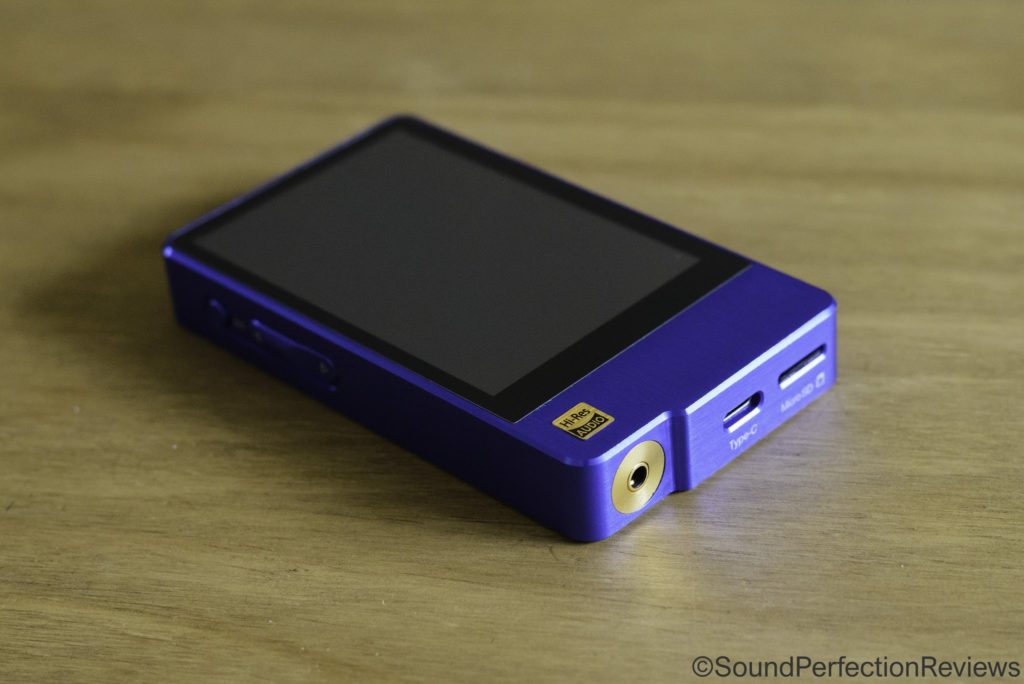Firstly I would like to thank Hidizs for sending me this sample to review, it has been used for a good few weeks before reviewing.
*disclaimer: This sample was provided for the purpose of writing a review, no incentive was given to write a favourable review. All opinions expressed are my own subjective findings.
Gear Used: Hidizs AP200 > German Maestro GMP8.35d / Inearz P350 / Custom Art FIBAE 3 and others.
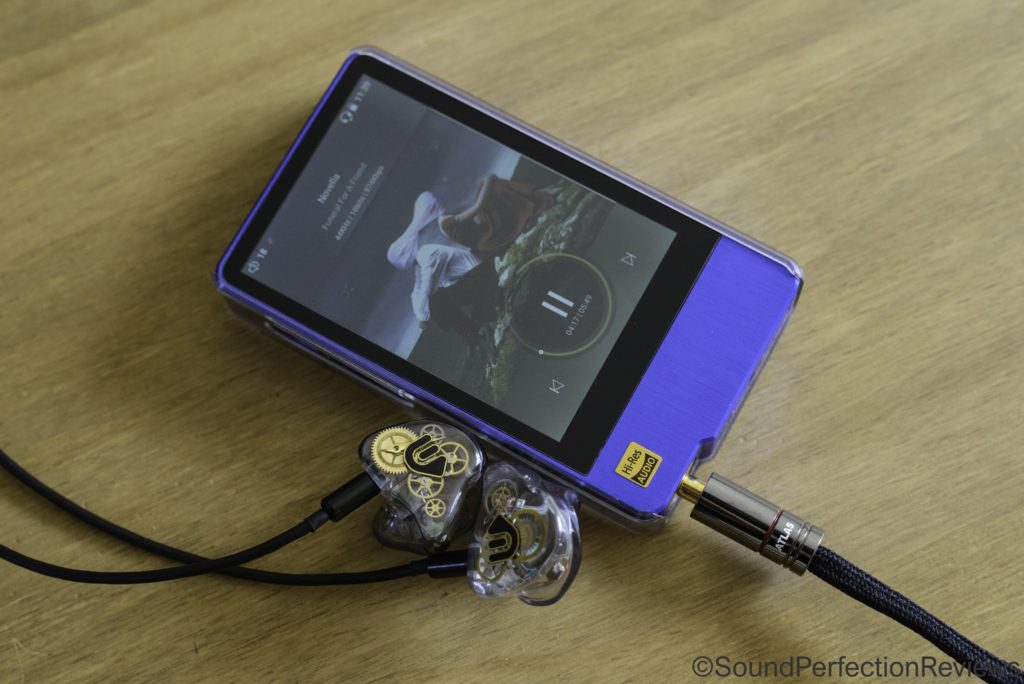
Tech Specs:
https://www.hidizs.net/products/ap200
Packaging, Build Quality and Accessories:
The AP200 comes in a neat matte black box, with the brand name and model number embossed on the front, on the back is a list of the main technical specifications and also a list of included accessories. The AP200 is held in a foam insert; underneath this you will find the accessories. The box is neat, and not excessive, overall a great unboxing experience.
Build quality overall is good, the buttons click with authority, and the sockets are all nice and tight. The housing is aluminium, and well finished however mine is the blue version with the standard glass back and there is already a crack in mine even though it has been kept in its case. I am not sure if mine is a one off as it was going to a reviewer and was possibly not a full retail unit QC wise, but it is a shame to see it crack so easily, I think Hidizs could use stronger glass on the back panel. The front is fine, and overall it is a well made DAP.
Accessory wise you get extra screen protectors (one is already installed from the factory), a thin plastic case, a USB-C cable and also another shorter USB-C to micro USB cable. You don’t get anything fancy with the AP200, but for the price it comes with the essentials that most players come with so I cannot complain. The case is a bit on the thinner side, but it is good to have a case on the player, the optional Leather case in my opinion would be much better at protecting the player.

Features and UI:
The AP200 does not have balanced output, it does not have digital output apart from USB output, which works for me but is still not 100% working for some people. The AP200 does have 2 modes, Android or pure music mode, in Android mode you have access to the playstore where you can download apps and use streaming services. In pure player mode you only have access to the installed hiby player, but I will note that Bluetooth and WiFi both work in pure player mode.
The WiFi is not very well implemented, the signal drops out a lot and does not have very good range, so this is something to be aware of if you are planning on using it as a streaming device.
The Bluetooth is actually very good however, and it supports AptX, you can tell if it is sending an AptX signal by a small A symbol appearing in the notification bar. I got good range with Bluetooth, and the sound quality is good via AptX.
The settings menu will be familiar to anyone who has used Android, so I won’t go into detail there, the only difference being the Audio settings. You have 7 DAC filters to choose from, these are subtle and it is best to play around with them to see which you prefer. I have it on Minimum phase, fast roll-off but you can pick whichever you prefer. You also get high/low gain options and also a channel balance option.
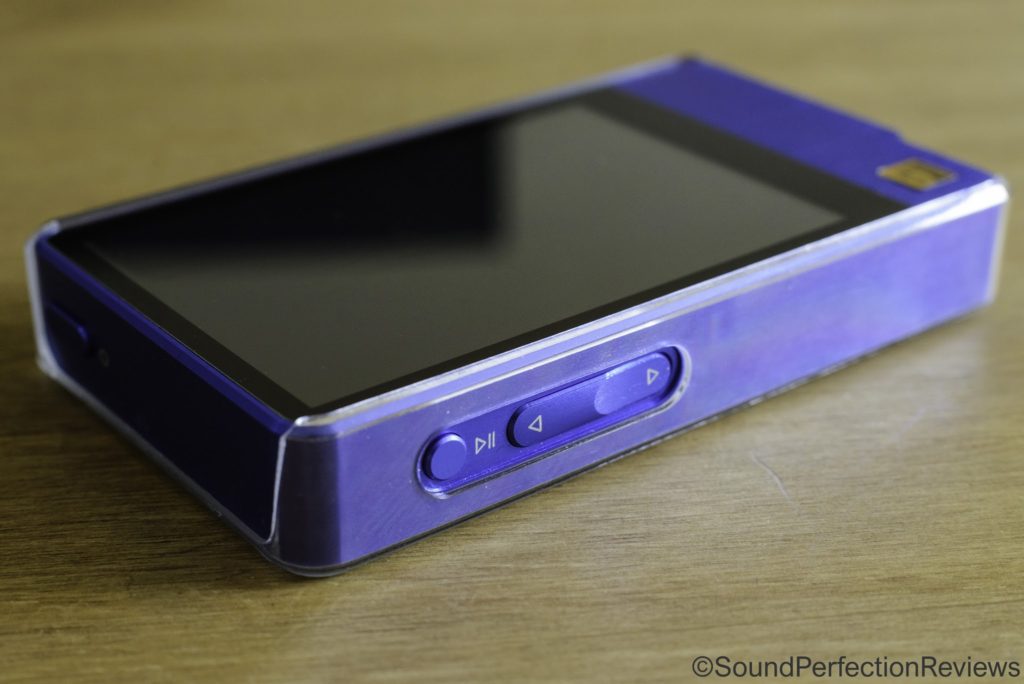
The screen is sharp for a player of this price, and has good colours; unfortunately the calibration is a little off, and I believe further firmware updates can help here. When the AP200 originally came out it was incredibly slow to navigate, but with the latest firmware it is a lot more responsive and I have no real navigation problems.
The AP200 uses a custom version of the Hiby player app, which is really easy to use and it also looks great, you have the usual track info on the now playing screen, you also have the option to add the track playing to a playlist.
You also have an EQ, Gapless, pause when headphone is unplugged, DSD mode and some other little options in the Hiby app.
Button wise you have the power button on the top, on the side you have a play/pause button, and the volume buttons. The volume buttons also skip and rewind tracks if you double tap them quickly. In the previous firmware it was hard to turn the volume up a few steps without changing tracks, but now the delay between two taps to change tracks is a lot shorter so it’s easier to adjust the volume multiple steps without accidentally skipping tracks.
As with any player there is a learning curve, but the AP200 is an easy to use android base DAP that doesn’t take long to get used to. Volume steps are small so you can easily get good volumes with sensitive IEM’s, along with it doing a respectable job with full-size headphones.
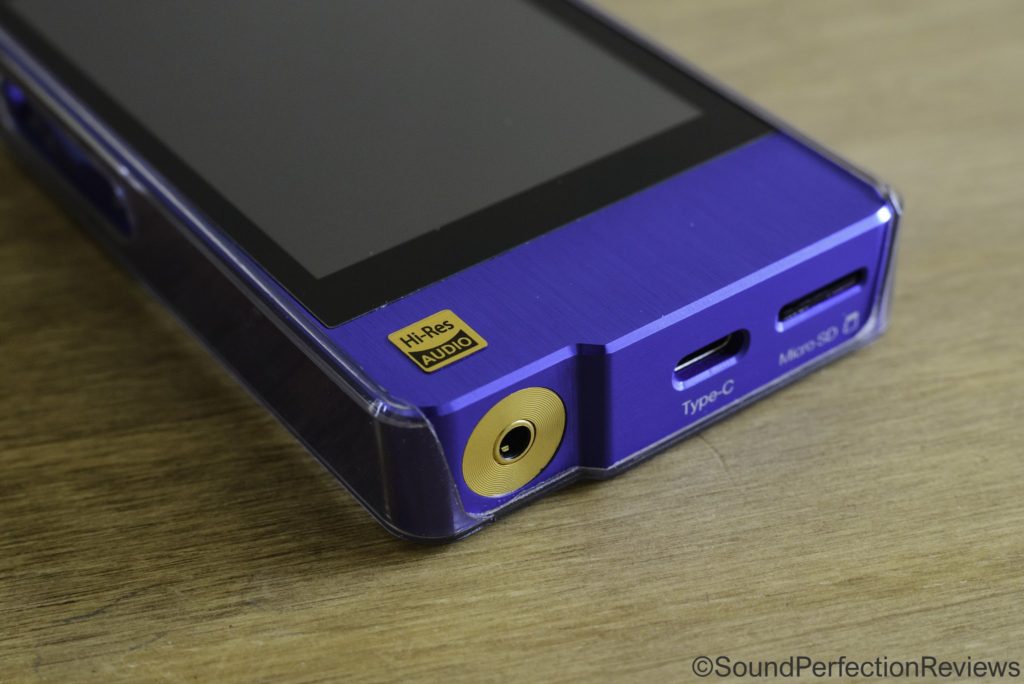
Sound:
Despite a few bugs in the firmware, the AP200 sounds truly excellent, it has such an engaging and detailed sound that you sometimes forget about some of its quirks. The AP200 may not have a balanced output, but with the single ended output sounding this good it really doesn’t matter.
The AP200 is not the smoothest, most refined sounding DAP around, but what it offers is a fun and enjoyable listen with a sound that is packed full of detail. The bass is tight, but powerful and punchy; there is perhaps a slight bit of added sub-bass body. The midrange is open and detailed, and the highs have a little added energy to bring out a little extra sparkle.
The slight boost in the treble is expertly implemented, as it does not make the AP200 come across as thin or bright at all. The other thing is that even though it sounds like there is a slight boost down low and up top, the midrange is not missing a single thing, it remains wonderfully open, airy and detailed.
The AP200 has a very powerful internal amp, with excellent transient response, even the most complex of tracks never sound blurred or muddy. The soundstage is effortless and wide, the separation is also precise.
As I said, the AP200 is not the most reference sounding DAP I have heard, but it is one of the mode engaging and enjoyable DAP’s I have used.
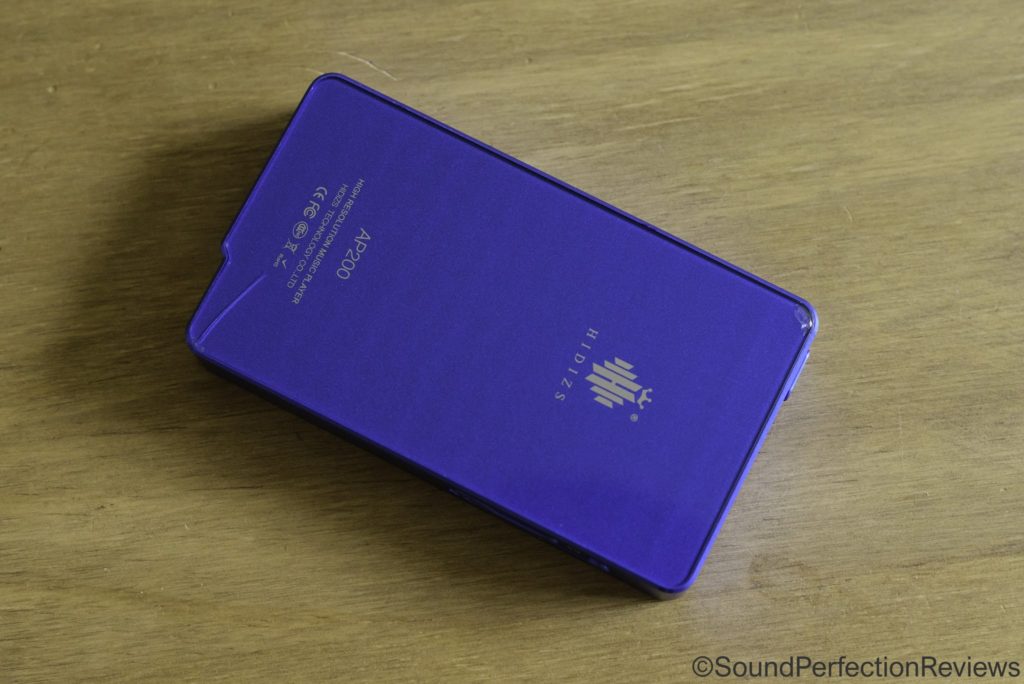
Comparison:
Audio Opus #1s:
First off the Opus #1s is a pure DAP, without the bells and whistles of the AP200 (no wifi, playstore, bluetooth or open android). The Opus #1s runs a heavily modified version of Android, and it just works and is really easy to navigate which I appreciate. The Opus #1s also does not have DAC filters, but it does have high and low gain, it also has a 2.5mm balanced output (and optical output)
From a usability point of view, the Opus #1s is more refined, less buggy and easier to use, but the AP200 has many more features which can be useful.
Sound wise:
The Opus #1s is fuller bodied with a little less sparkle up top, the AP200 jumps out with a more engaging and sparkly sound but digging deeper you will find that the layering and sounstaging are superior on the Opus #1s
The Opus #1s has very tight but full bass; there is a hint of bloat when using the AP200. The soundstage is wider, but the AP200 has slightly more air around instruments. The separation is more defined on the AP200.
Overall they are both excellent players, the Opus #1s sounds a little darker, but has better layering and soundstaging. The AP200 has slightly better detail retrieval, separation and is a bit more engaging.
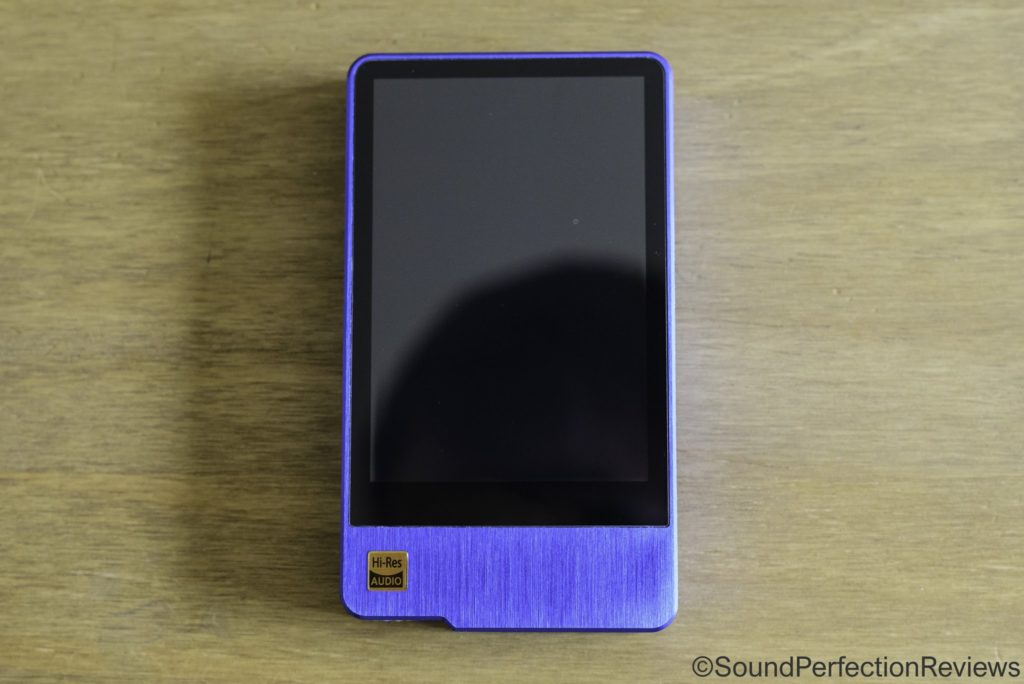
Conclusion:
If we are basing this off of sound quality alone, the AP200 is an excellent sounding DAP. Unfortunately the firmware is still not quite perfect, and there are some quirks still to be ironed out. Saying that the latest firmware really did bring this DAP a big step closer to being an excellent daily driver.
The wifi range is terrible, bluetooth works but again the range isn’t the best, the touchscreen calibration is still slightly off and the back of mine has a crack.
BUT the sound is excellent; it is dynamic, engaging and highly detailed for the price.
Sound Perfection Rating: 6.5/10 (if it didn’t sound this good, it would not be getting this rating)
